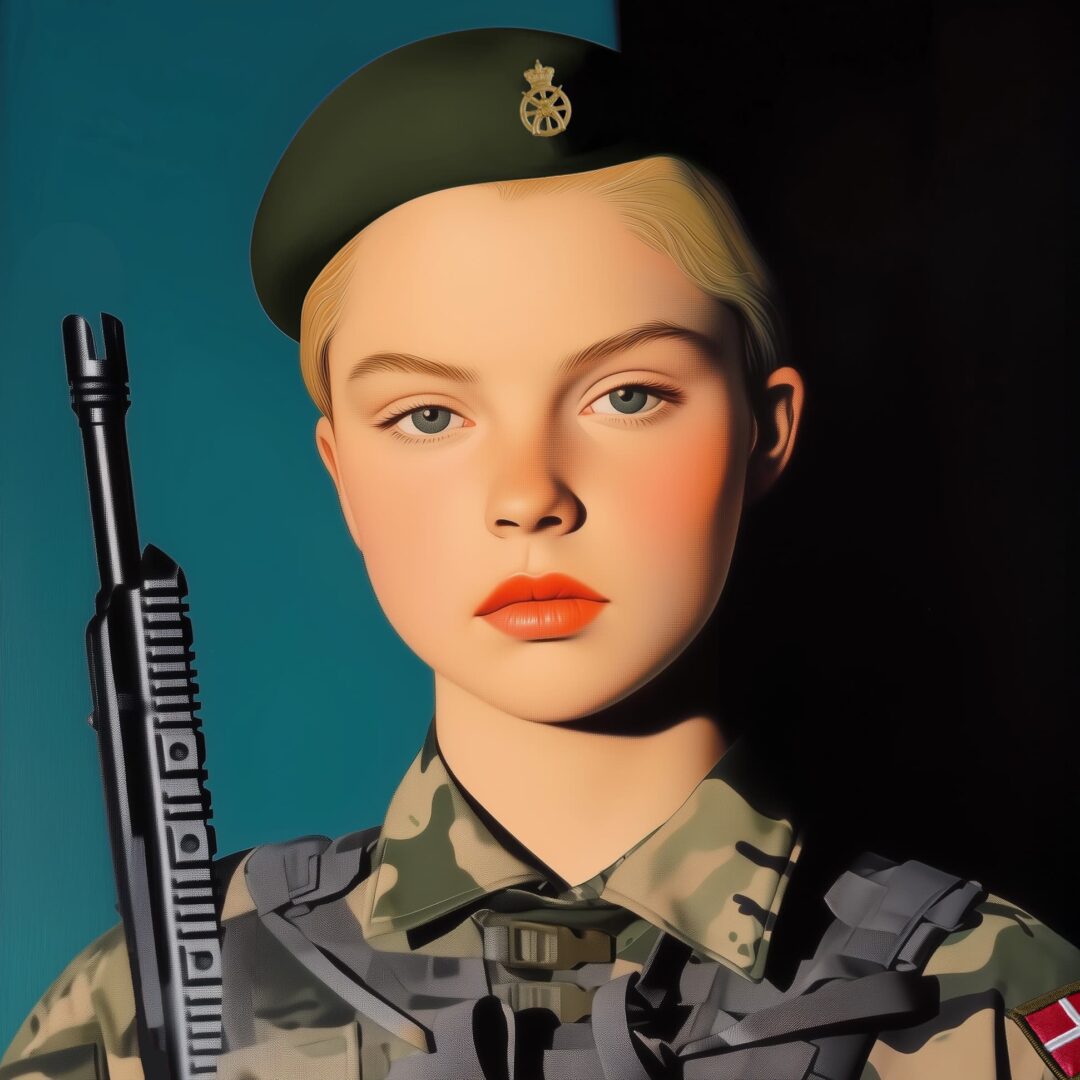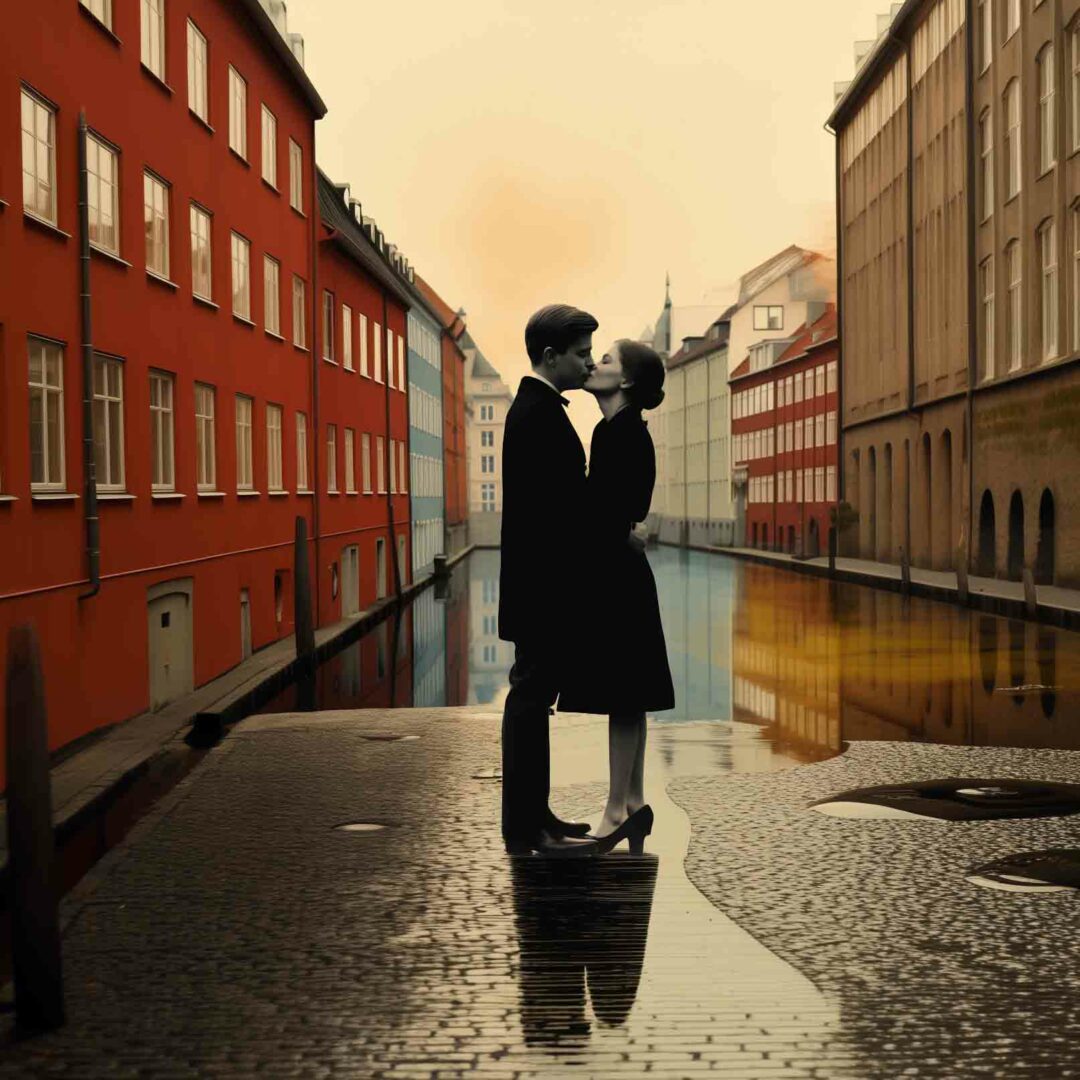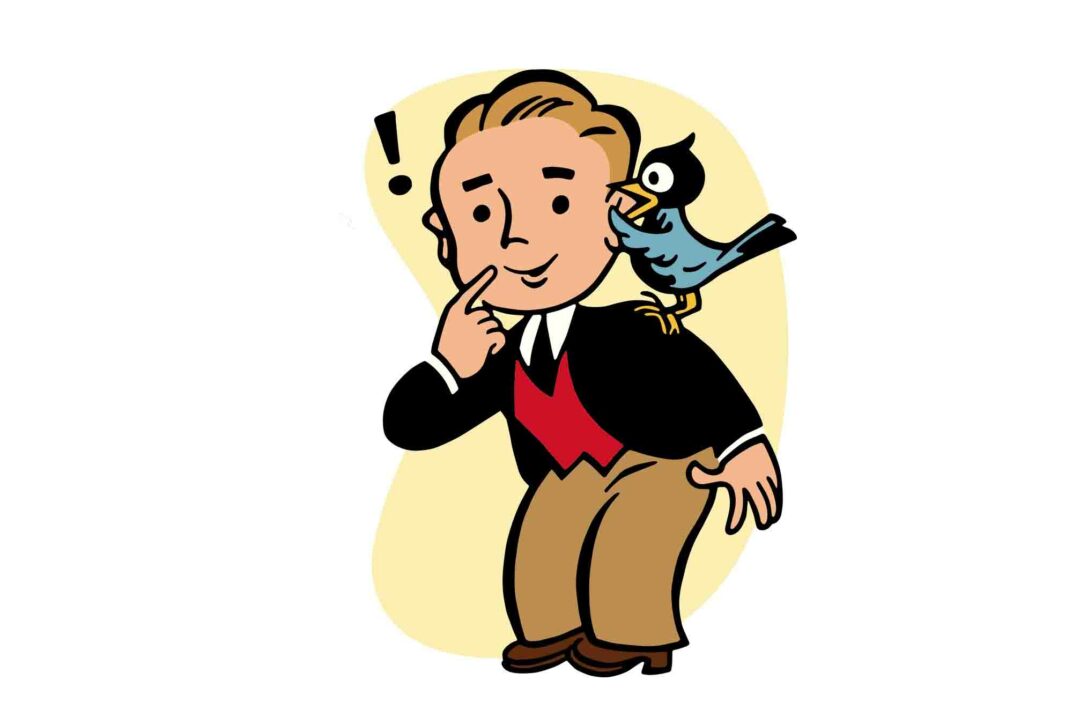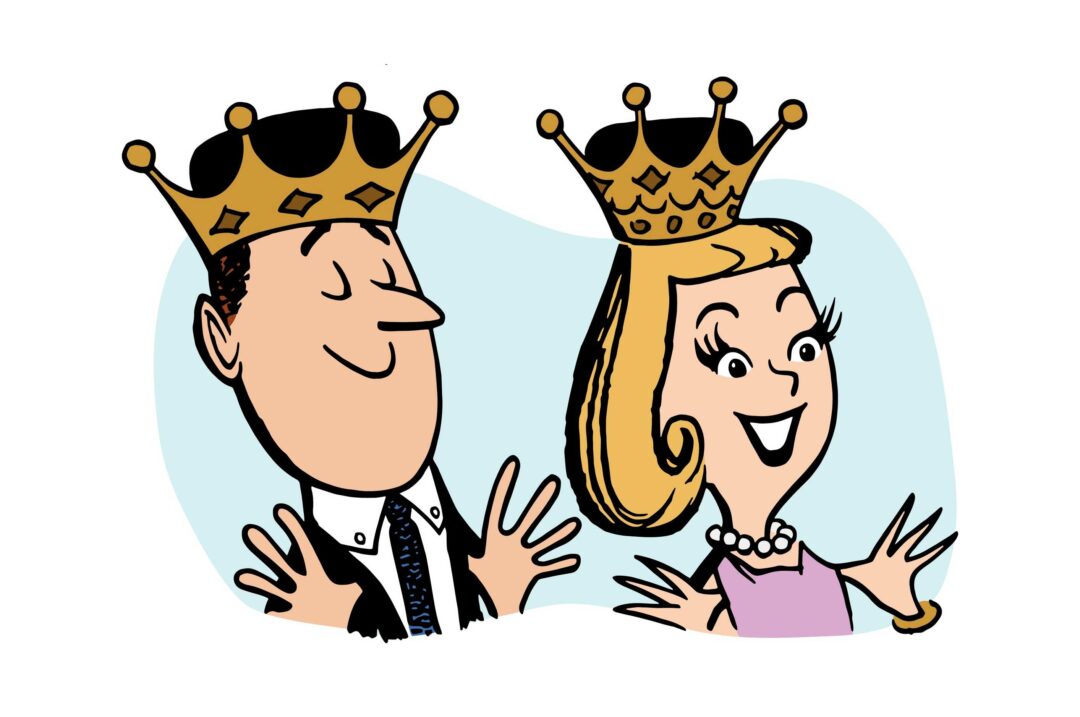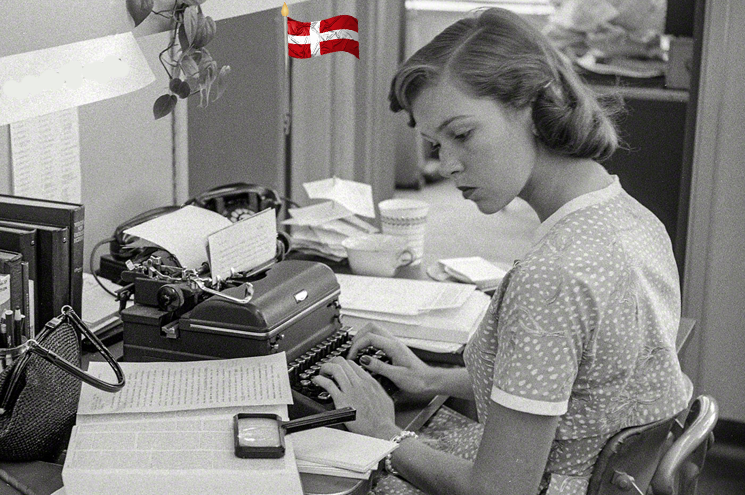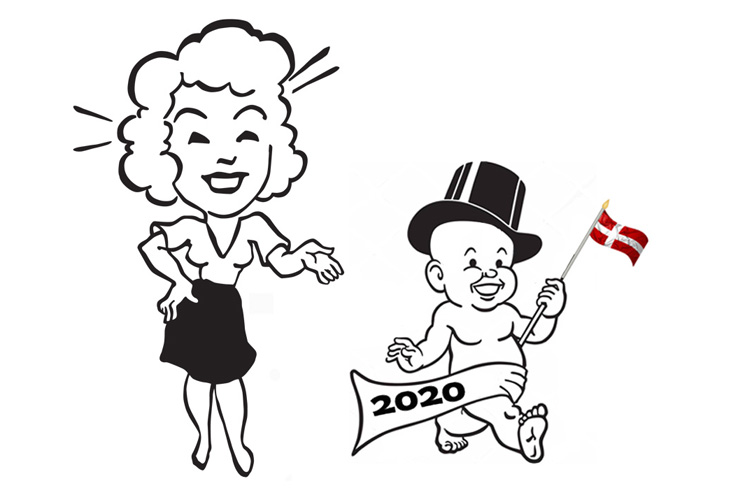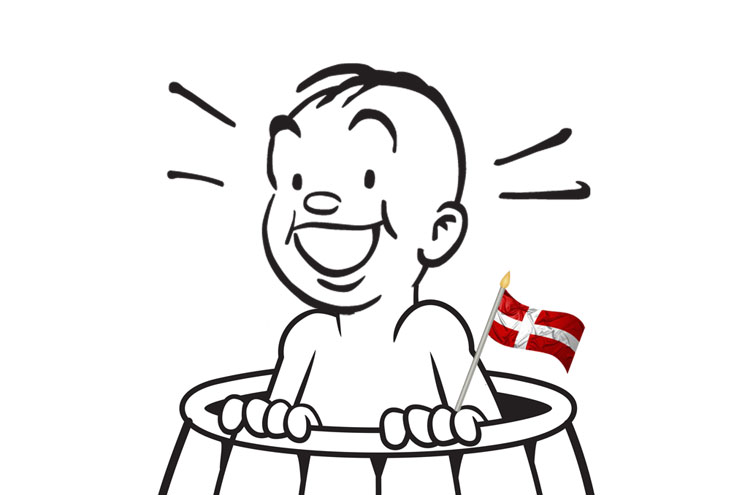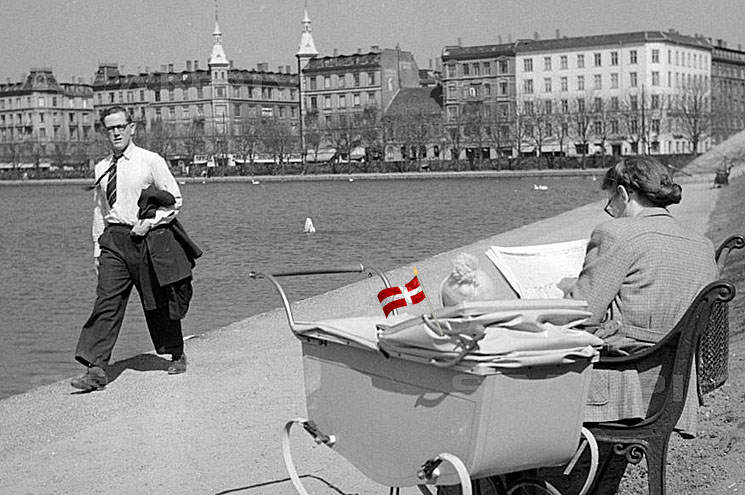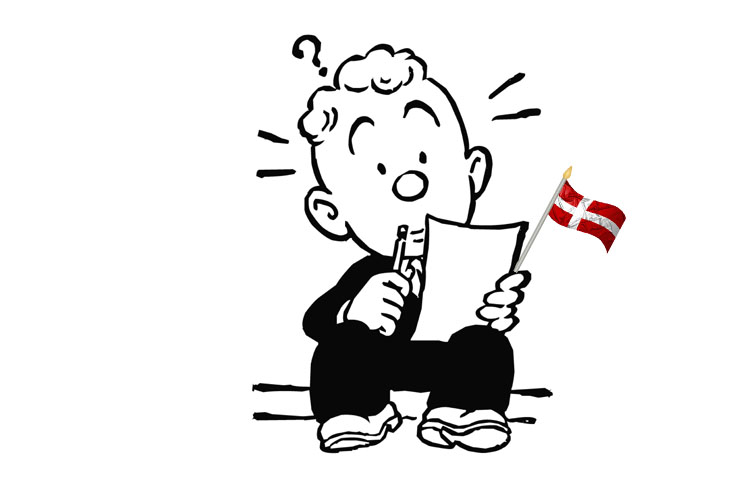I’ve referred to “The Danish Year” before on How to Live in Denmark. It’s a series of events that are simply expected to happen every year in Denmark, even if they aren’t formal holidays. This year I’m going to try to do a podcast every month about aspects of the Danish year, and how they fit into the overall context of where Denmark is coming from, and where it’s going.
June is a glorious month in Denmark, the sun has arrived but the mosquitos haven’t, and it is full of special days, from graduations to weddings to the midsummer festival of Sankt Hans, where Danes meet to sing traditional songs before a giant bonfire.
Danes love a good bonfire, and kids are generally introduced to them in kindergarten, where small children gather around the big open flame in their play clothes.
The Danish National Day
June also includes the closest Denmark gets to a national day, Constitution Day. The Danes are modest about this, there are no parades or fireworks or military fly-bys. A few politicians make speeches about how important the Constitution is, but many people don’t even get a day off work. And the Constitution has to share the day with Father’s Day in Denmark.

